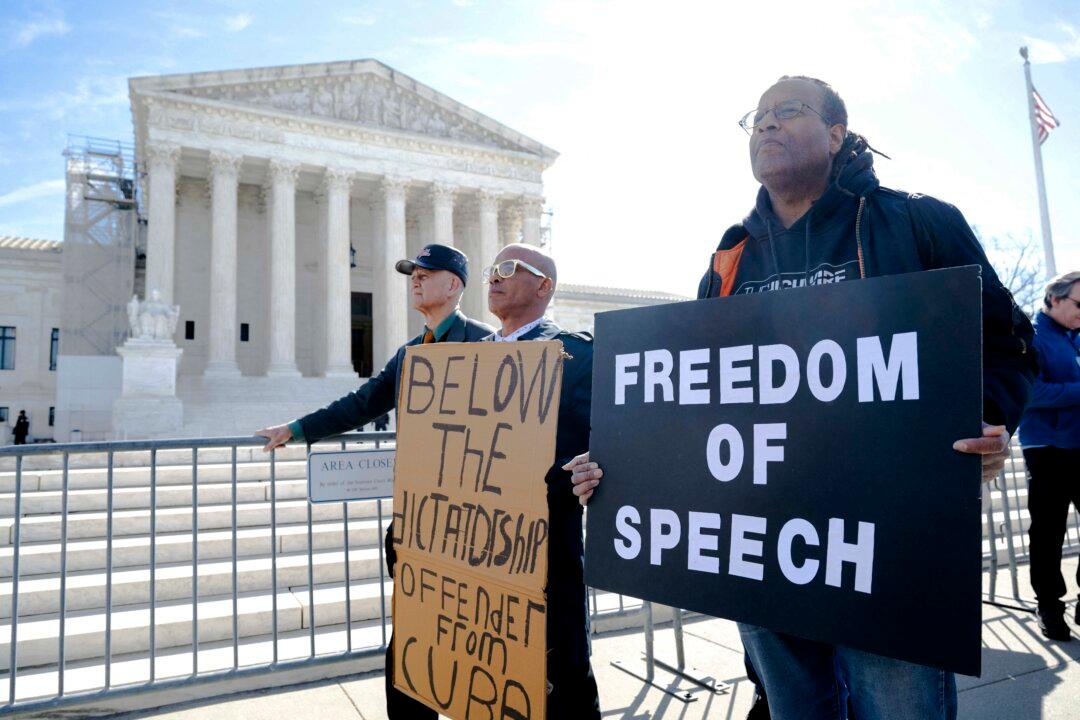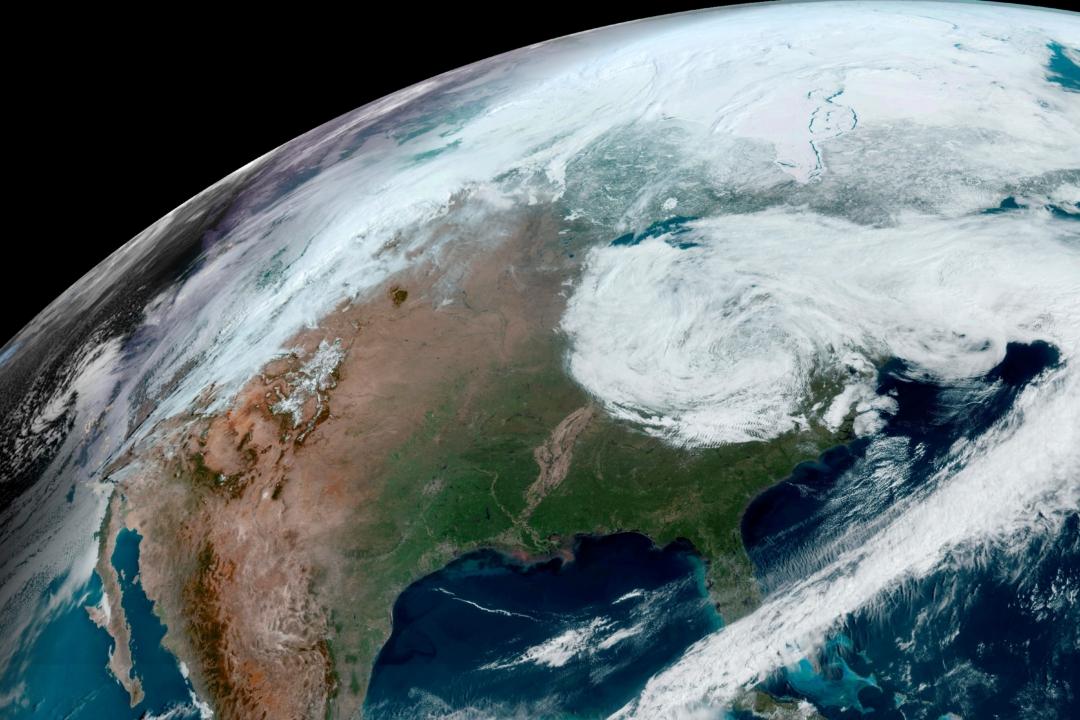France is looking to nuclear energy options to ensure its own supplies and provide power to Europe, in the face of what is seen as Russian retaliation against allies of Ukraine, where Russian forces launched an invasion in February, by cutting energy exports to the continent.
President Emmanuel Macron has announced plans to build six new nuclear reactors and, according to the World Nuclear Association, he’s also considering an additional eight, depending on electricity needs.





